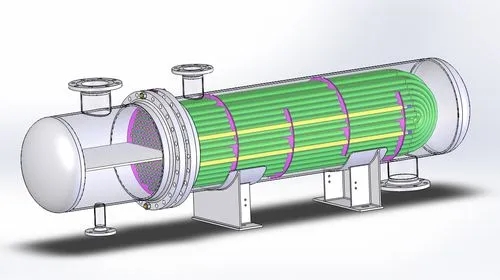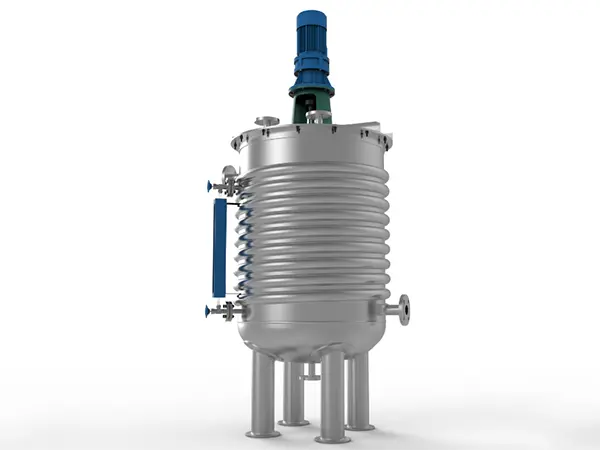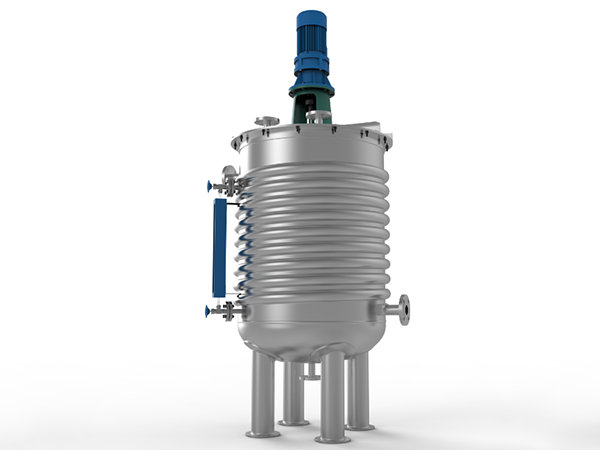The working process of stainless steel reaction kettle
The working process of stainless steel reaction kettle: In chemical production, the reaction kettle is not only a simple chemical reaction process, but also involves physical mass transfer processes such as fluid flow, material heat transfer, mass transfer, and mixing. In a stainless steel reactor, the excitation, steps, and rate of chemical reactions are carried out according to the laws of chemical kinetics. For gas-liquid reactions, the reaction rate is not only related to temperature and concentration, but also to the size of the phase interface and the diffusion rate between phases. For gas-solid reactions, regardless of the conditions under which they occur, the gas-phase components must first diffuse onto the surface of the solid catalyst, and then undergo chemical reactions on the catalyst surface. The chemical reaction process is the essential process of reactor operation.
Due to the variety of raw materials used in chemical reactions and the complexity of the reaction process, the requirements for reaction products vary. To meet different reaction requirements, stainless steel reaction vessels have various structural types and sizes, as well as different operating methods and conditions. If the reaction kettle is operated intermittently, the raw materials are added at once; In a continuous operation reactor, the raw materials are continuously added. Reactors with different structural forms and sizes, as well as different operating conditions and methods, will inevitably affect the flow state of fluids and the transfer processes of heat, mass, and mixing of materials. The transfer process is a necessary condition for realizing the reaction process, so the working process of a reactor is a complex process based on chemical kinetics and heat transfer, mass transfer, and momentum transfer, which interact and influence each other simultaneously.
The main function of a stainless steel reactor is to provide a reaction site and maintain certain conditions, allowing the chemical reaction process to proceed in a predetermined direction and obtain qualified reaction products.
Almost all process equipment includes reaction vessels, so it is of great significance to choose the appropriate reactor series, establish the best operating conditions, and design a reasonable and reliable stainless steel reaction vessel to meet the needs of the increasingly developing process industry.




